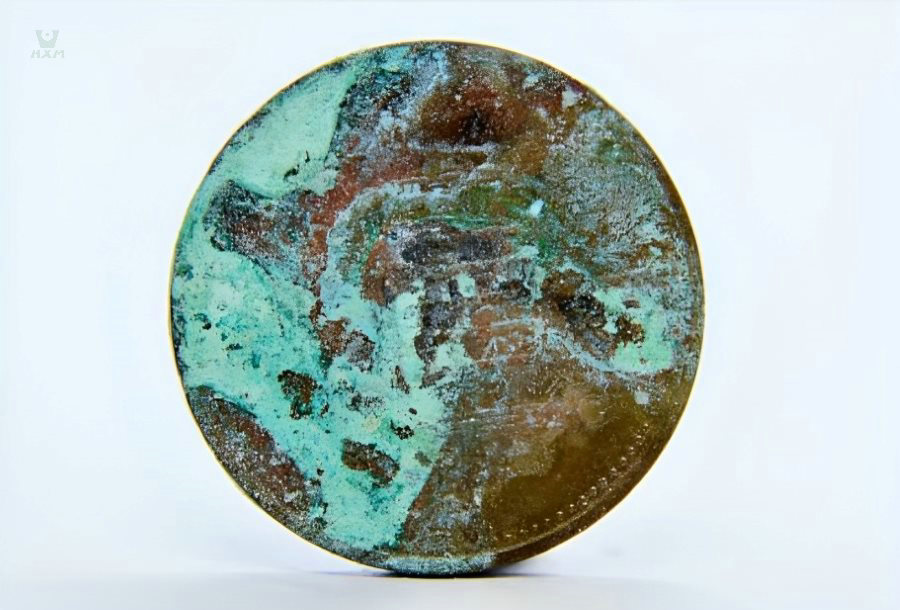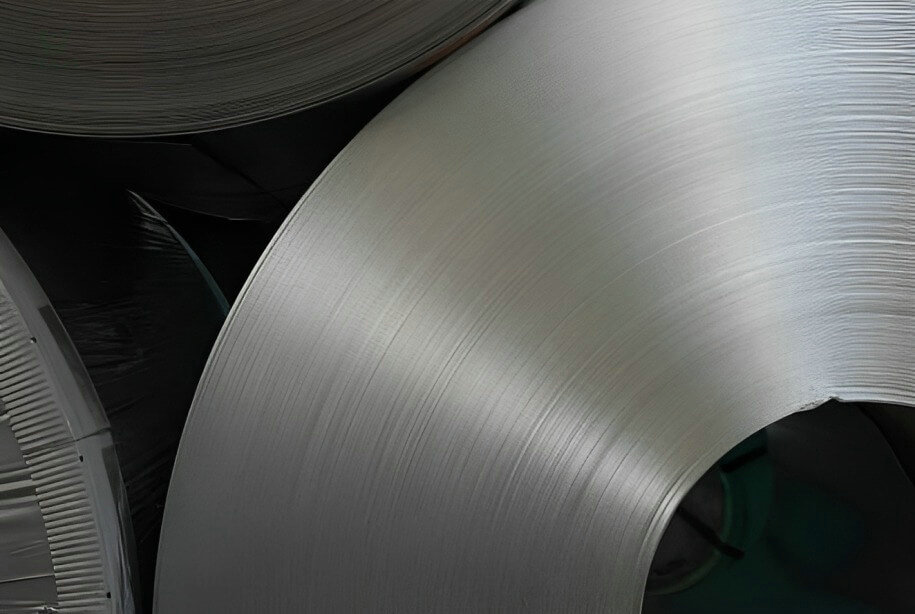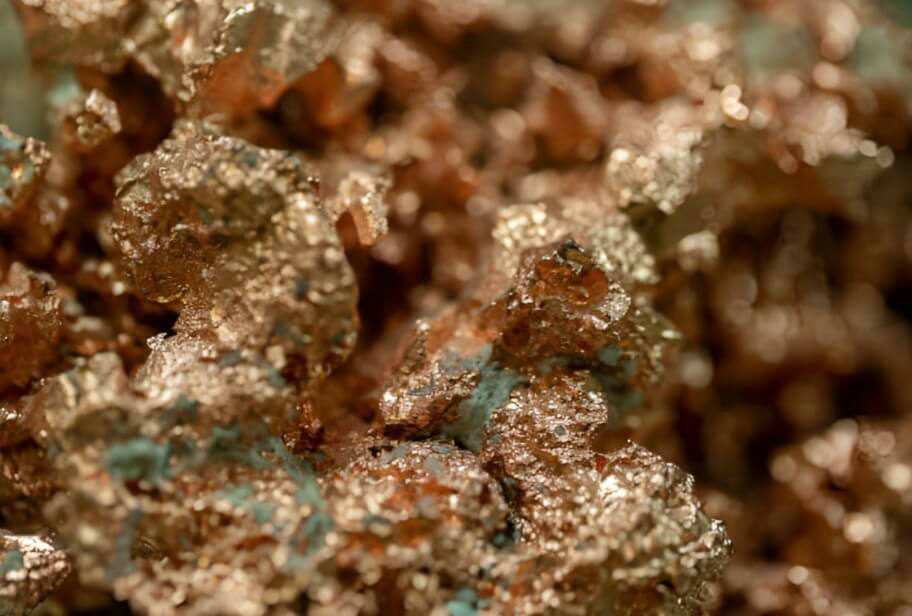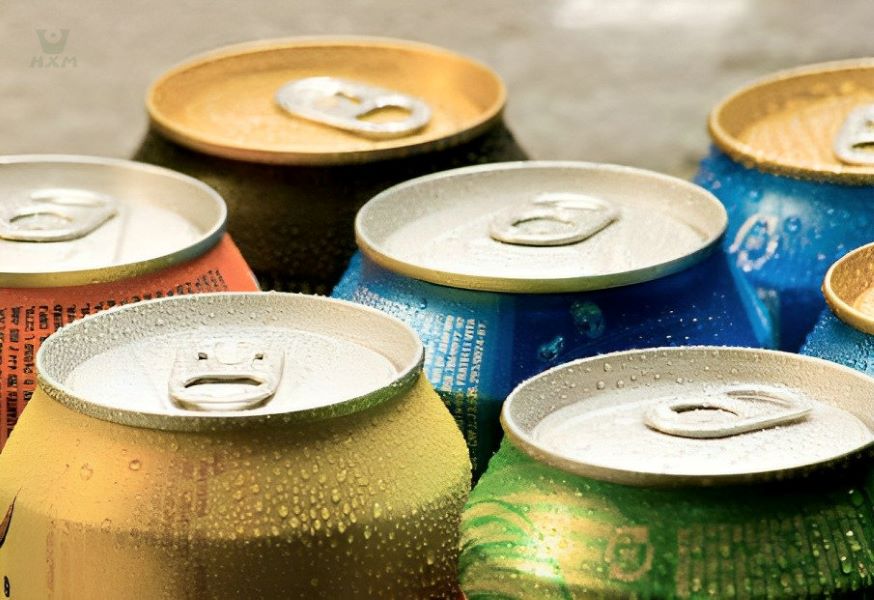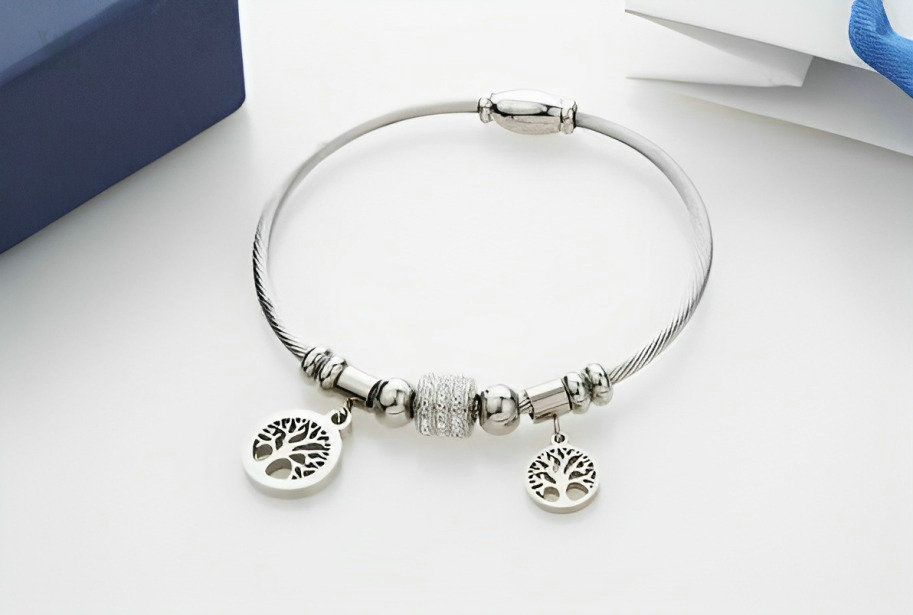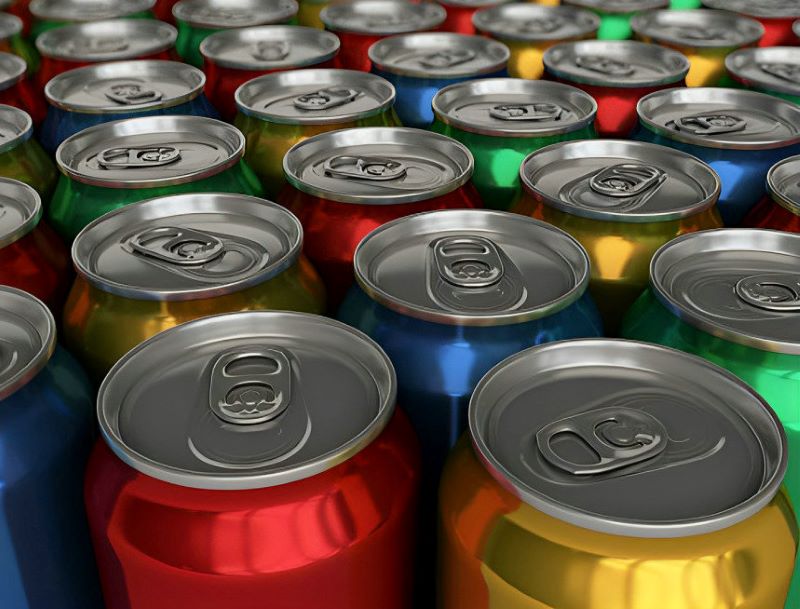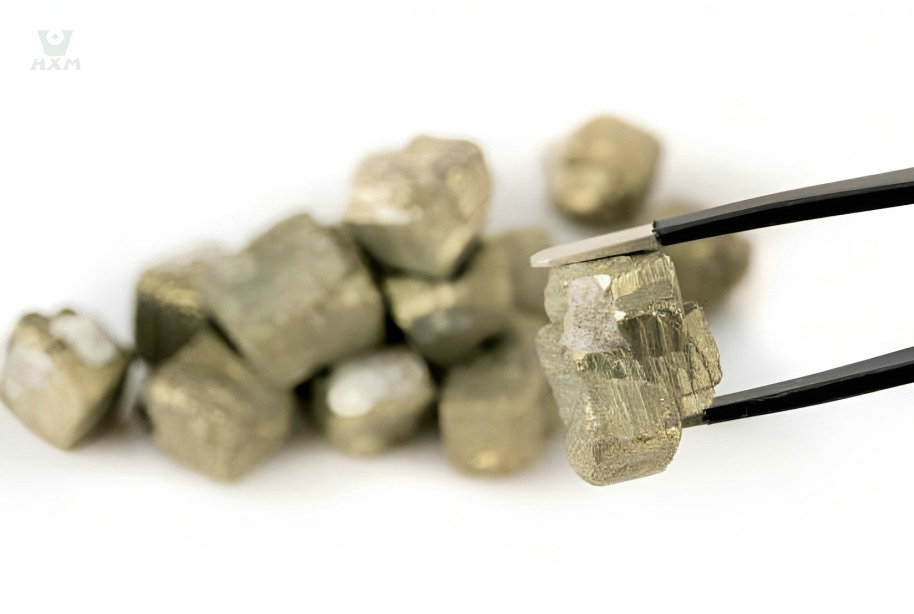Copper’s lustrous beauty has been admired for centuries, from ancient sculptures to modern interior decor. Yet, this captivating metal is prone to tarnishing, dimming its brilliance over time. If you’ve ever wondered how to keep copper from tarnishing and retain its radiant glow, you’re about to embark on a journey of copper care and maintenance. In this article, we’ll unveil the secrets to safeguarding copper’s sheen, ensuring that it continues to dazzle for generations to come. So, let’s delve into the art and science of preserving copper’s timeless allure.
how to keep copper from tarnishing?
To prevent copper from tarnishing, several scientific principles can be employed:
- Keep it Clean: Regularly clean your copper items with a mild soap and water solution to remove dust and oils that can contribute to tarnish.
- Dry Thoroughly: After cleaning, ensure that the copper is completely dry before storing it. Moisture accelerates tarnishing.
- Apply a Protective Coating: A thin layer of wax, mineral oil, or clear lacquer can act as a barrier, preventing copper from coming into contact with air and moisture.
- Use Anti-Tarnish Products: Silica gel packs or anti-tarnish strips absorb moisture and sulfur compounds in the air, reducing tarnish formation.
- Avoid Exposure: Store copper items away from sources of sulfur, like rubber bands and certain types of wood, which can expedite tarnishing.
Copper, with its timeless allure and rich history, has been cherished for centuries. Its warm, reddish glow and malleable nature have made it a favorite for creating art, jewelry, and functional objects. However, copper’s beauty can be marred by tarnish, a natural process that occurs when it reacts with the elements in its environment.
In this article, we delve into the captivating world of copper, exploring its susceptibility to tarnishing and, more importantly, how to preserve its radiance. By understanding the scientific principles at play, you can ensure your copper possessions remain as stunning as the day you acquired them.
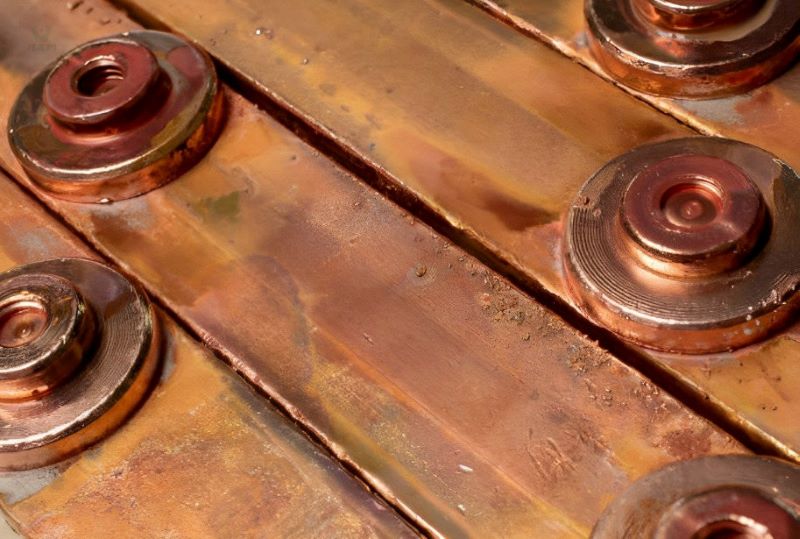
Why Does Copper Tarnish?
Have you ever wondered why that gleaming copper vase on your shelf gradually transforms into a dull, greenish hue over time? It’s not magic; it’s science at work. In this section, we’ll explore the intricate dance between copper and its environment, revealing the underlying chemical reactions that lead to tarnish formation. By understanding the science, you’ll be better equipped to take proactive steps to keep your copper items looking their best.
The Chemical Reactions Behind Tarnish Formation
Copper, with its warm, lustrous appearance, has been cherished by humans for millennia. However, this captivating metal is not immune to the passage of time and the influence of its environment. Over time, copper surfaces can develop a tarnished layer that alters their appearance. To understand how to prevent tarnish, we must delve into the chemical reactions that drive this process.
Copper Oxidation: The Starting Point
Tarnishing begins with copper oxidation, a process driven by the metal's interaction with oxygen in the air. When copper is exposed to oxygen molecules (O2), a chemical reaction occurs:
2Cu(s) + O2(g) → 2CuO(s)
In this equation, Cu represents copper, O2 represents oxygen, and CuO is copper oxide. The result is the formation of copper oxide on the surface of the copper object. Initially, this oxide layer is relatively thin and transparent, allowing the copper's luster to shine through.
The Role of Moisture and Acidic Gases
While oxygen is a primary contributor to tarnish formation, moisture plays a crucial role as well. When copper is exposed to humid or damp conditions, the surface can react with water (H2O) in the air:
Cu(s) + H2O(g) → Cu(OH)2(aq)
This reaction produces copper hydroxide (Cu(OH)2), which appears as a greenish substance on the surface. Over time, copper hydroxide can further react with carbon dioxide (CO2) in the atmosphere to form copper carbonate (CuCO3):
Cu(OH)2(aq) + CO2(g) → CuCO3(s) + H2O(l)
Copper carbonate is the characteristic green patina that often covers aged copper surfaces.
The Protective Layer: Copper Patina
Interestingly, while tarnish may seem like a detriment to copper's appearance, it can also serve as a protective layer. The patina that forms on copper acts as a barrier, slowing down further corrosion. It prevents deeper layers of copper from reacting with the environment, preserving the structural integrity of the metal.
In conclusion, while the chemistry behind tarnish formation may seem complex, its prevention can be straightforward. By understanding the chemical reactions driving tarnish formation, we can take proactive measures to protect and preserve the timeless beauty of copper. And, as we navigate the world of copper alloys, copper alloy suppliers continue to offer innovative solutions for enhancing copper’s durability and aesthetic appeal.
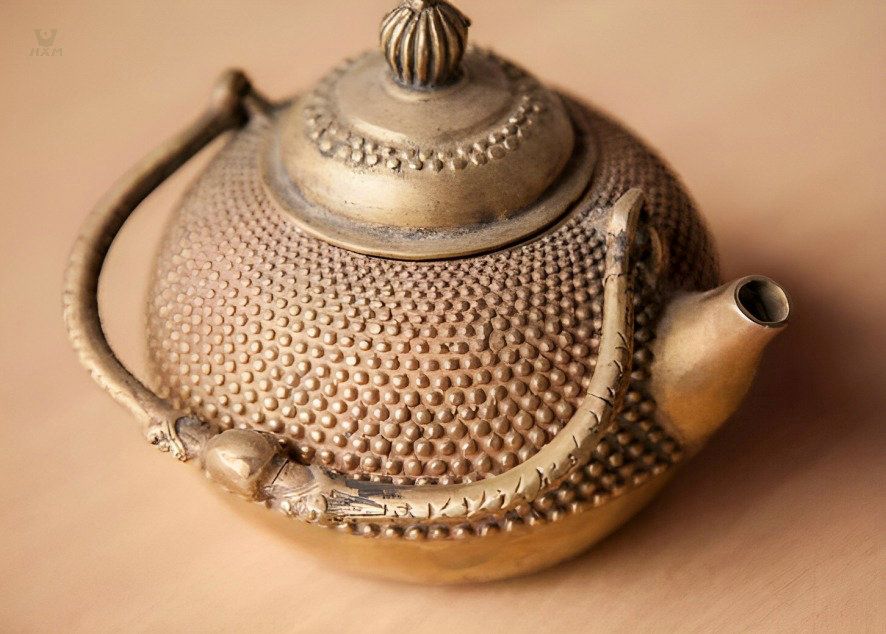
Factors influencing the rate of tarnish development
The rate at which tarnish develops on copper surfaces is influenced by several key factors. Understanding these factors is essential for effectively managing and preventing tarnish. Let’s delve into the scientific details:
Environmental Conditions
- Humidity: High humidity levels accelerate tarnish formation. Moisture in the air facilitates the reactions between copper, oxygen, and other substances.
- Pollutants: Atmospheric pollutants, such as sulfur dioxide (SO2) and hydrogen sulfide (H2S), can react with copper to form tarnish more rapidly, especially in urban or industrial areas.
Temperature
- Higher Temperatures: Elevated temperatures can increase the rate of chemical reactions, including those leading to tarnish formation. Warmer environments may encourage faster tarnishing.
Oxygen Concentration
- Oxygen Exposure: The availability of oxygen is a primary driver of tarnish formation. Greater exposure to oxygen, such as in well-ventilated areas, can lead to more rapid tarnishing.
pH Levels
- Acidic Conditions: Low pH levels (acidic conditions) can expedite tarnish development. This is particularly relevant in environments with acidic pollutants or exposure to acidic substances.
Contaminants
- Chemical Contaminants: Contact with chemicals like bleach, ammonia, or certain cleaning agents can accelerate tarnishing. These substances can react with copper surfaces, promoting tarnish formation.
Alloy Composition
- Alloying Elements: The presence of alloying elements, like tin or zinc in bronze alloys, can influence the rate of tarnish development. Some alloys are more resistant to tarnish than pure copper.
Protective Coatings
- Surface Coatings: Applying protective coatings, such as wax or lacquer, can significantly slow down tarnish formation by creating a barrier between the copper and the environment.
Abrasion and Handling
- Physical Contact: Frequent handling or abrasive cleaning can remove the protective patina, leaving copper susceptible to faster tarnish development.
Light Exposure
- Ultraviolet (UV) Light: UV radiation can contribute to tarnish formation, particularly in outdoor applications. Protecting copper items from excessive UV exposure can help prevent tarnishing.
Time and Age
- Natural Aging: As copper items age, they may develop a protective patina that slows down further tarnish formation. This patina can act as a barrier, preserving the copper underneath.
In summary, the rate of tarnish development on copper surfaces is influenced by a combination of environmental conditions, alloy composition, and human factors. To prevent or slow down tarnishing, it’s crucial to control these variables by regulating humidity, protecting against pollutants, applying protective coatings, and handling copper items with care. As copper alloy suppliers continue to innovate, they offer solutions designed to enhance copper’s resistance to tarnishing, making it a versatile and enduring material.
Practical Tips to Prevent Copper Tarnishing
Preventing copper tarnishing involves a combination of cleaning, protective measures, and environmental considerations. Let’s follow copper alloy suppliers and explore these methods in detail:
Cleaning and Drying Copper Items
Regularly cleaning and drying copper items is a fundamental step in preventing tarnish. The principle behind this method lies in removing contaminants and moisture that can contribute to tarnish formation.
- Mild Soapy Solution: Mix a mild dish soap with warm water. Avoid harsh or abrasive cleaners that can damage the copper's surface.
- Gentle Cleaning: Using a soft cloth or sponge, gently clean the copper surface. Avoid abrasive materials like scouring pads.
- Thorough Rinse: After cleaning, rinse the copper item thoroughly to remove any soap residue.
- Complete Drying: Dry the item completely with a clean, dry cloth. Ensure no moisture remains on the surface.
The cleaning process effectively eliminates potential tarnish-inducing factors, keeping your copper items looking their best.
Application of Protective Coatings
Protective coatings act as a barrier between copper and the environment, effectively preventing tarnish formation.
- Coating Selection: Choose an appropriate protective coating such as wax or lacquer. These coatings create a physical barrier that shields the copper from tarnish-inducing elements.
- Even Application: Apply a thin and even layer of the chosen coating to the clean and dry copper surface. Following the manufacturer's instructions is crucial for achieving optimal results.
- Drying Time: Allow the coating to dry completely according to the manufacturer's recommendations. This ensures the copper is adequately protected.
- Regular Maintenance: Periodically reapply the protective coating to maintain its effectiveness. This step is essential for long-term tarnish prevention.
Using protective coatings is an efficient way to safeguard your copper items, preserving their shine and preventing tarnish.
Use of Anti-Tarnish Products
Anti-tarnish products release chemicals that neutralize tarnish-inducing elements, such as sulfur, effectively inhibiting tarnish formation.
- Product Selection: Purchase anti-tarnish strips or tabs that contain activated carbon or sulfur-absorbing compounds. These products are designed to absorb tarnish-inducing elements in the surrounding environment.
- Placement: Place the anti-tarnish strips or tabs in storage areas or display cases where your copper items are stored. The products will actively absorb sulfur and other tarnish-inducing compounds.
- Regular Replacement: Follow the manufacturer's recommendations for replacing these strips or tabs. Over time, they may become saturated and lose their effectiveness.
Incorporating anti-tarnish products into your storage and display areas can significantly reduce the risk of tarnishing, ensuring your copper items remain in pristine condition.
Avoiding Exposure to Sulfur Sources
Minimizing exposure to sulfur sources is vital because sulfur compounds are a major contributor to tarnish formation.
- Storage Practices: Store copper items away from sources of sulfur, such as rubber, certain plastics, or paper. These materials can emit sulfur compounds that accelerate tarnish formation.
- Environment Awareness: Be mindful of the environment where your copper items are placed. Areas with high sulfur content, such as garages with rubber tires or chemical storage, should be avoided.
By following these guidelines and understanding the underlying principles, you can effectively prevent copper tarnishing and maintain the beauty and shine of your copper possessions. Copper alloy suppliers offer valuable insights and products to assist in these efforts, ensuring the long-lasting quality of your copper items.
Long-Term Copper Care and Maintenance
Copper’s enduring allure lies not only in its timeless aesthetic appeal but also in its remarkable longevity. When properly cared for, copper items can grace your living spaces for generations, adding warmth and character to your surroundings. To ensure the enduring beauty of your copper possessions, it’s essential to adopt effective long-term care and maintenance practices. Copper alloy suppliers, with their wealth of expertise, offer valuable guidance on how to keep your copper items looking as stunning as the day you acquired them. In this section, we’ll delve into the nuances of long-term copper care, exploring proper storage techniques, periodic maintenance routines, and when to recognize the need for professional restoration. These insights, backed by the wisdom of copper experts, will help you preserve your copper treasures for years to come.
Proper Storage Techniques
Copper alloy suppliers offer valuable insights into proper storage techniques to ensure the long-term beauty of your copper items.
- Controlled Environment: Copper items should be stored in a controlled environment with stable temperature and humidity levels. Avoid extreme fluctuations, as they can promote tarnishing.
- Protective Wrapping: Wrap copper items individually in acid-free tissue paper or soft cloth to prevent contact with other metals or materials that may cause tarnish.
- Display Cabinets: Display cabinets with glass doors provide an ideal environment. Ensure these cabinets are clean and dust-free to prevent tarnish-inducing particles from settling on your copper items.
Periodic Maintenance Routines
Copper alloy suppliers recommend specific maintenance routines to keep your copper items in pristine condition.
- Routine Cleaning: Regularly clean your copper items as described earlier. This practice removes contaminants that can lead to tarnishing.
- Protective Coating: Reapply protective coatings, such as wax or lacquer, following the manufacturer's recommendations. Periodic maintenance ensures the effectiveness of the protective barrier.
- Anti-Tarnish Products: Continue using anti-tarnish strips or tabs in storage areas to absorb sulfur compounds and minimize tarnish risk.
Recognizing When Professional Restoration Is Needed
Even with proper care, copper items may require professional attention over time. Copper alloy suppliers can guide you in recognizing signs that restoration is needed.
- Severe Tarnishing: If tarnish has significantly affected the appearance of your copper item, professional restoration may be necessary to bring back its original shine.
- Damage or Corrosion: Physical damage or corrosion may require specialized repair techniques. Professional restorers have the expertise to address these issues.
- Historical or Valuable Pieces: For antique or valuable copper items, consulting with experts is crucial. They can assess the item's condition and recommend appropriate restoration methods.
Copper alloy suppliers often collaborate with skilled restorers who understand the intricacies of copper preservation. Seeking their expertise ensures that your treasured copper items receive the care and maintenance they deserve, preserving their beauty for generations to come.
conclusion
In our journey to understand how to keep copper from tarnishing, we’ve uncovered the secrets to preserving this remarkable metal’s timeless allure. By delving into the science behind tarnish formation and exploring practical prevention techniques, we’ve empowered ourselves to protect our cherished copper possessions.
The guidance provided by copper alloy suppliers has been instrumental in enhancing our knowledge of copper care and maintenance. With their expertise, we’ve learned that simple yet diligent measures like regular cleaning, protective coatings, and avoiding sulfur sources can go a long way in safeguarding copper’s radiant sheen.
As we recap these key points, it becomes evident that well-maintained copper objects offer an enduring beauty that transcends time. With proper care, these items can grace our lives and living spaces for generations, carrying with them the rich history and timeless charm that only copper can provide.
So, let us embrace these insights, provided in partnership with copper alloy suppliers, and embark on a journey of preserving and celebrating the enduring allure of copper in our lives.

